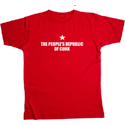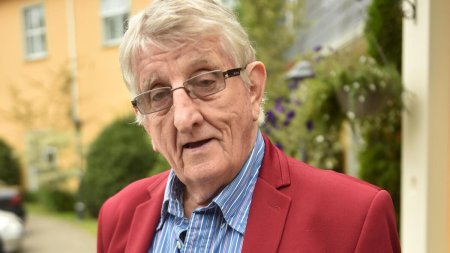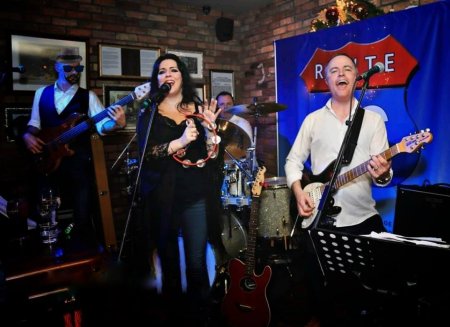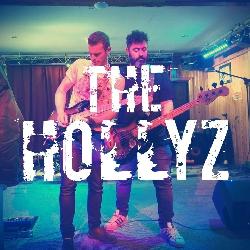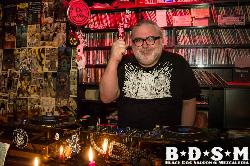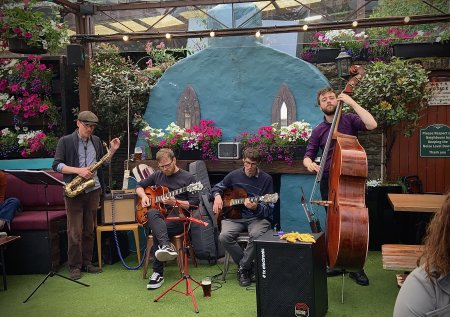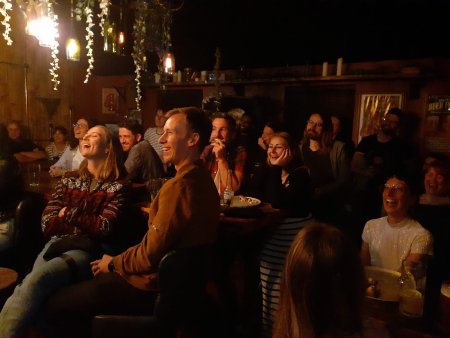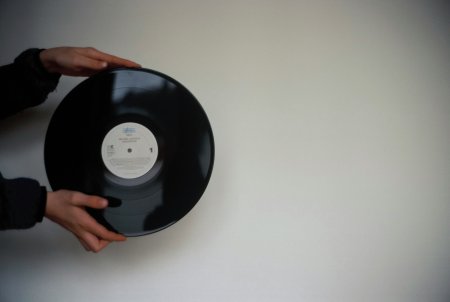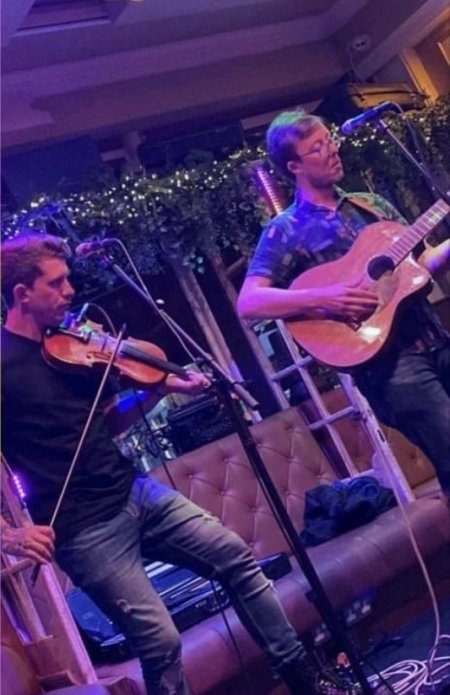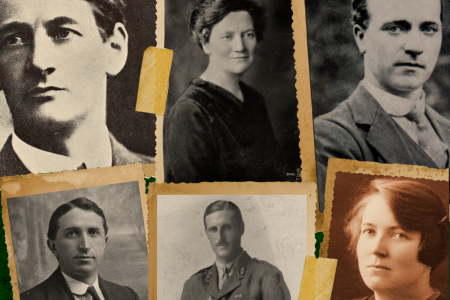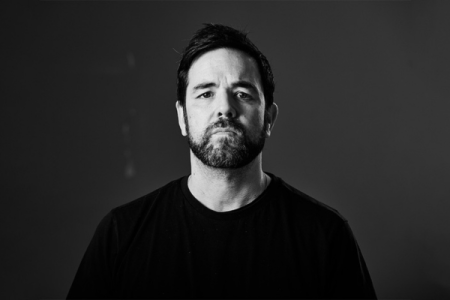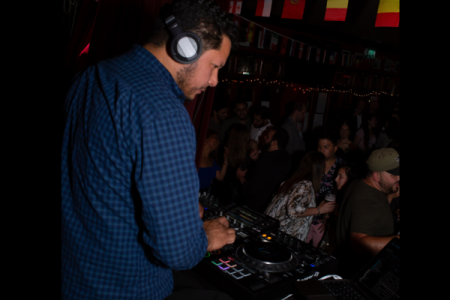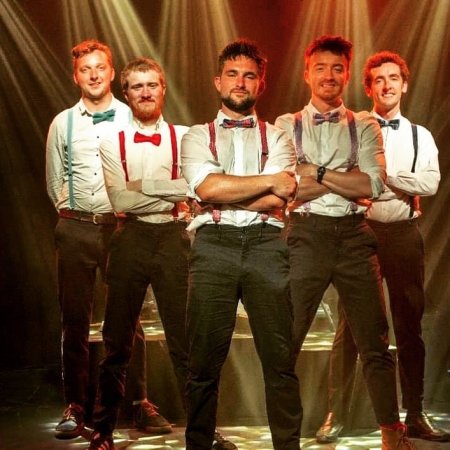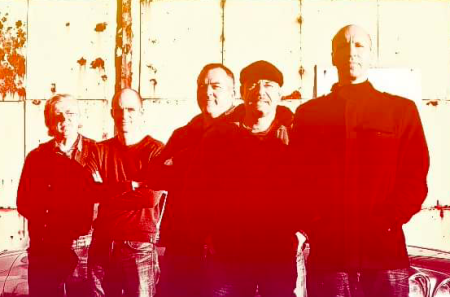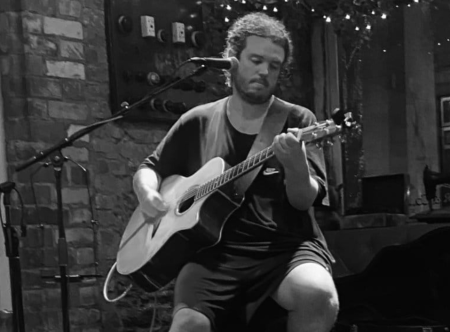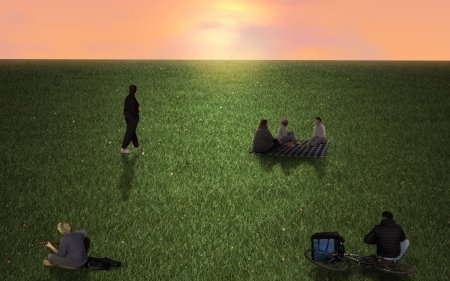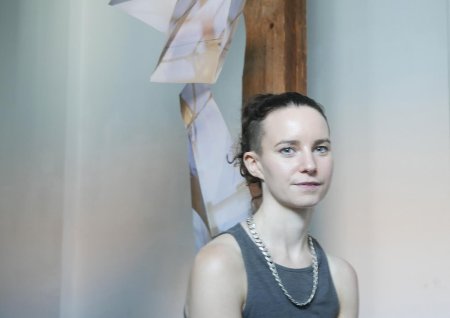Temperence & Father Mathew
31st Jul 2009
2. Temperance
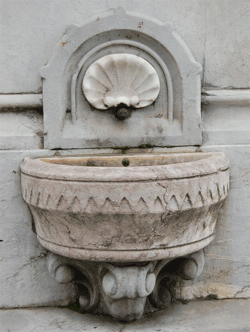 |
Font on Fr. Mathew statue |
He worked for the sick and, especially, the poor and frequently put his ministry above his own health, as in the Cork Cholera outbreak of 1832. At this time, clean drinking water, on tap, was a luxury few could enjoy, especially in the city centre. There were homes with wells, but most people drew their supply one bucket at a time from the scattering of public fountains in the city. As the microbiological nature of many diseases was not understood, others took their chances with the "sweet" waters of the Lee. More occasionally still, while fetching water, they lost their footing on the slimy quayside steps, and drowned.
The public fountains were over-crowded and punch-ups, general disorder and even soliciting were a regular feature of city life. (So no change there then.)
In (rare) hot spells, the fountains ran dry, and in wet periods the engorged river could deposit raw sewage into them.
In the light of this, it is no wonder that some chose to drink beer or spirits, and the city's five, 19th Century breweries and eight distilleries were no doubt happy to have their custom.
 |
Author's drawing of Lancaster Quay font |
It was Fr. Mathew's contention that until a plentiful, pure and reliable supply of water was available to all, it would be difficult to wean people off the drink. In this he was not alone, and the Total Abstinence Society he founded had parallels over much of the English-speaking world at the time.
It was a typically Victorian combination of genuine public-spirited sympathy, patronising evangelicalism, no-nonsense practicality and get-up-and-go.
One of the main manifestations of the movement's efforts are the "temperance fountains" that one sees in many British towns, often accompanied by a fortifying Biblical quotation or proverb. Another organisation sought the physical, if not spiritual, comfort of animals.
In Cork, apart from the eventual opening of our city's first reliable water supply in 1858, the activities of Fr. Mathew are reflected in the remains of seven early drinking fonts and four cattle troughs. None are supplied with water currently.
Aptly, the finest fonts flank his memorial on 'Pana', but the most ornate cast example is from the Hive foundry on Hanover St. It can be seen on Lancaster Quay and is shown, reconstructed, in my drawing."
See Tom Spalding's other articles here
 | Text
and Photographs © Tom Spalding, 2009 |


